New observations could help us understand discrepancies in measurements of the expansion of the Universe.
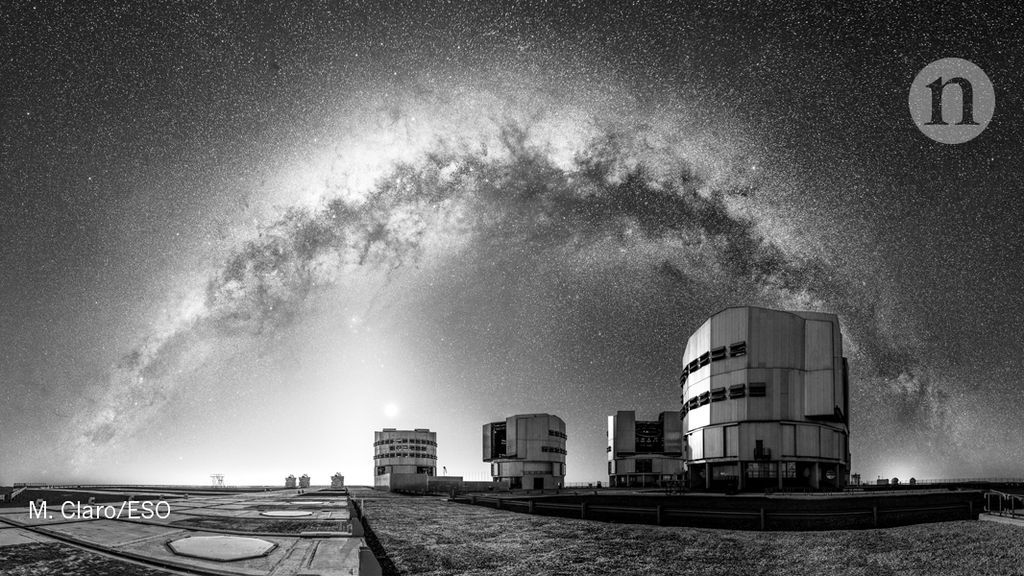

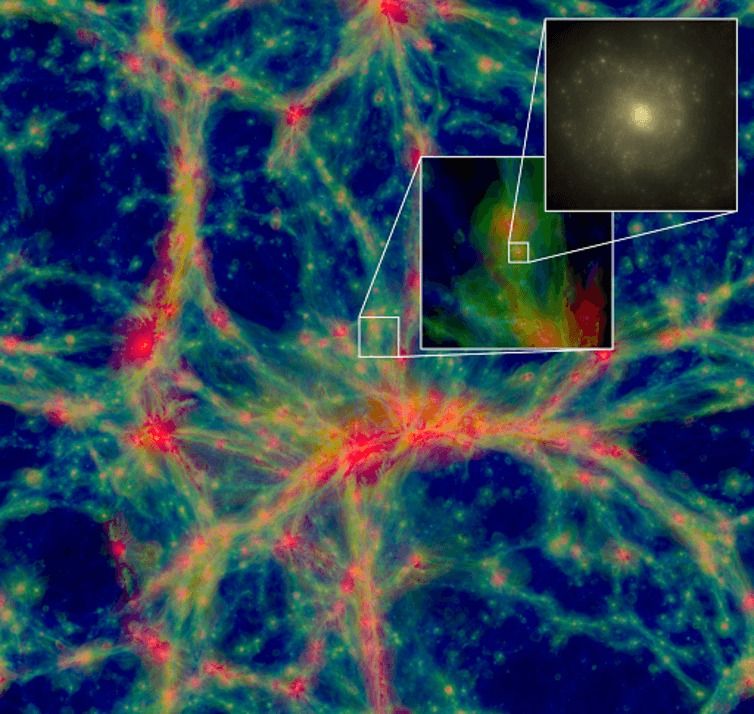

Over the 20th century our knowledge of the universe expanded, as did our technological ability to capture images its outer reaches. The Hubble Space Telescope allowed us to pull back the curtains on the deep limits of the universe and the new millennium promises an even higher definition imaging with the James Webb Space Telescope.
Despite ongoing delays, the JWT promises to take us even closer to the edge of time and space, delivering a new perspective on some of the oldest galaxies in the universe, potentially just a few hundred million years after the big bang.
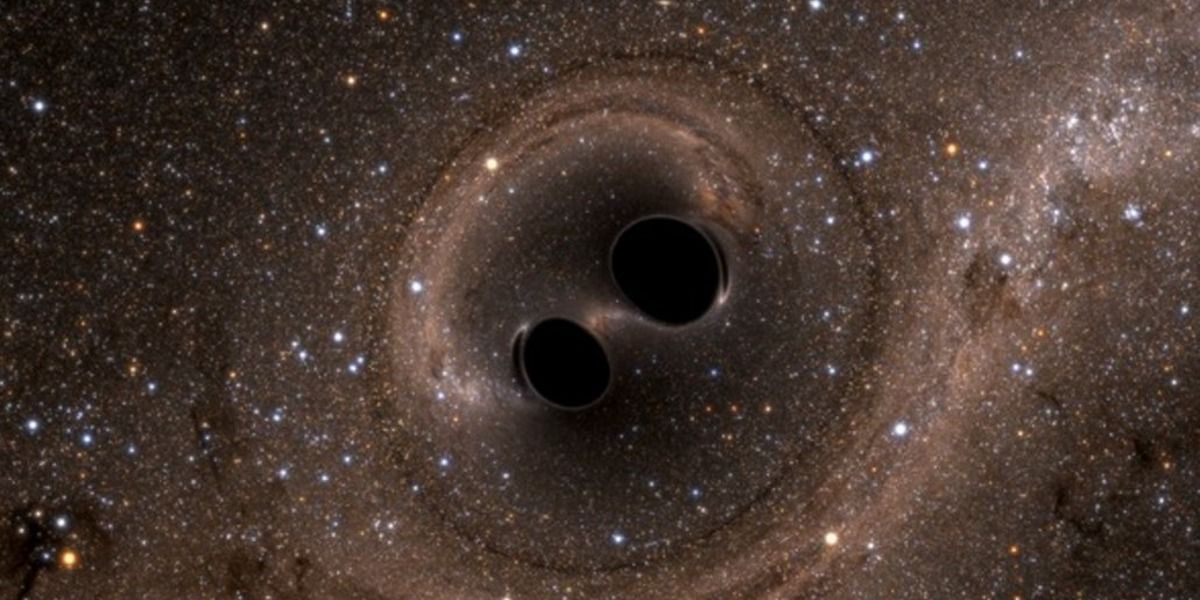
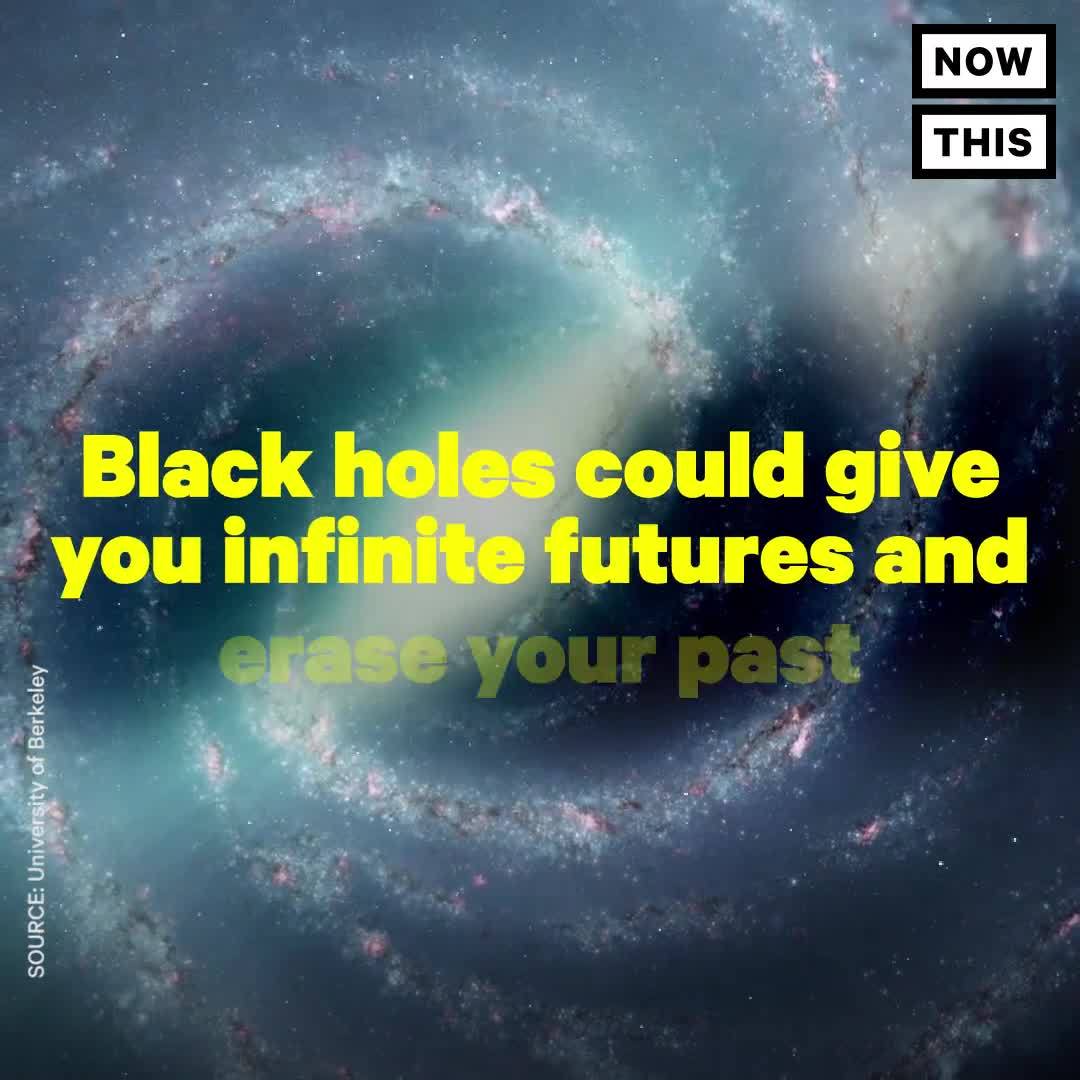
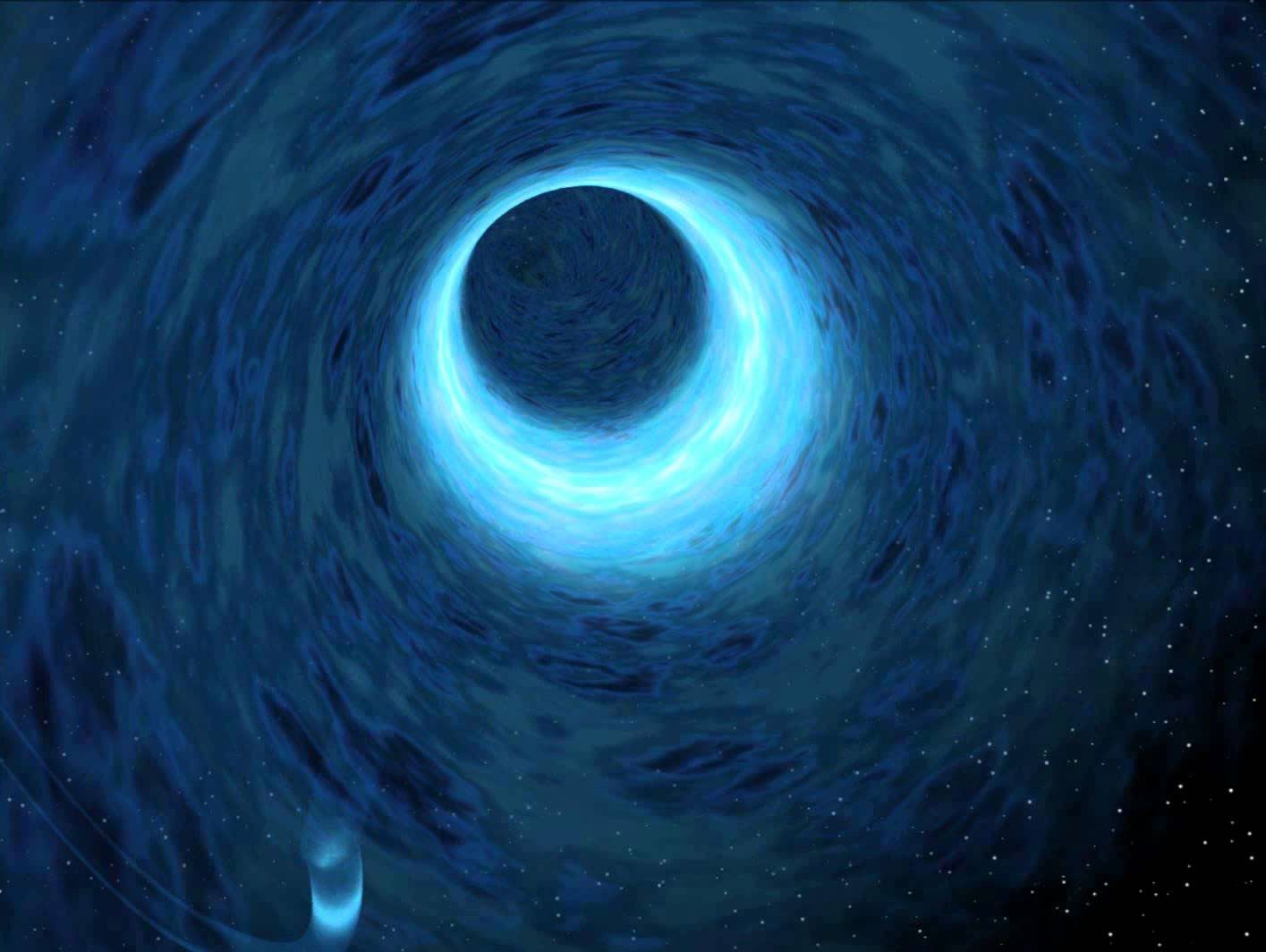
In principle, a wormhole-like scenario is possible, but a wormhole tends to close before objects or other matter could pass through it. As far as we know, it’s unlikely we could construct a wormhole that stays open long enough for us to get to a distant part of the universe.
That’s really the issue: Can you keep a wormhole open?
Wormholes can exist even at the quantum level, which is a very small scale, smaller than an atom. Trying to move matter through a wormhole at the classical level, the large-size level, is where it gets trickier.
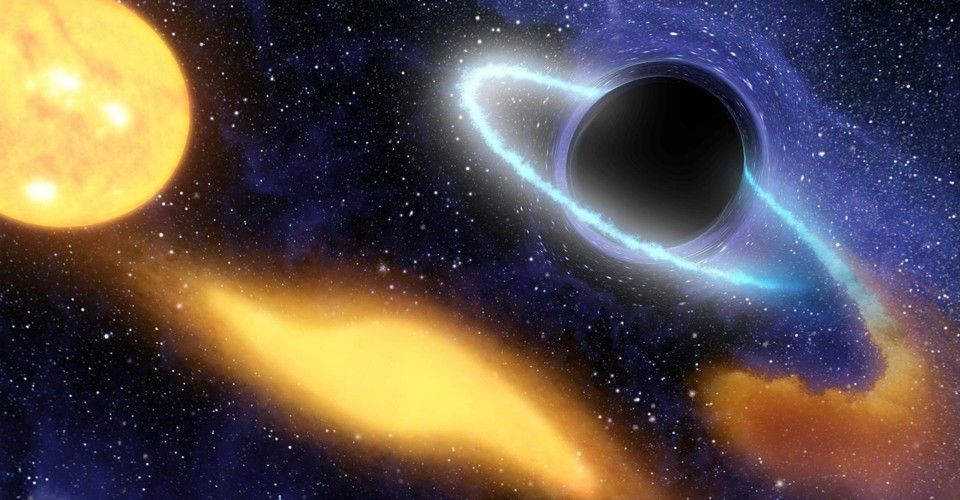
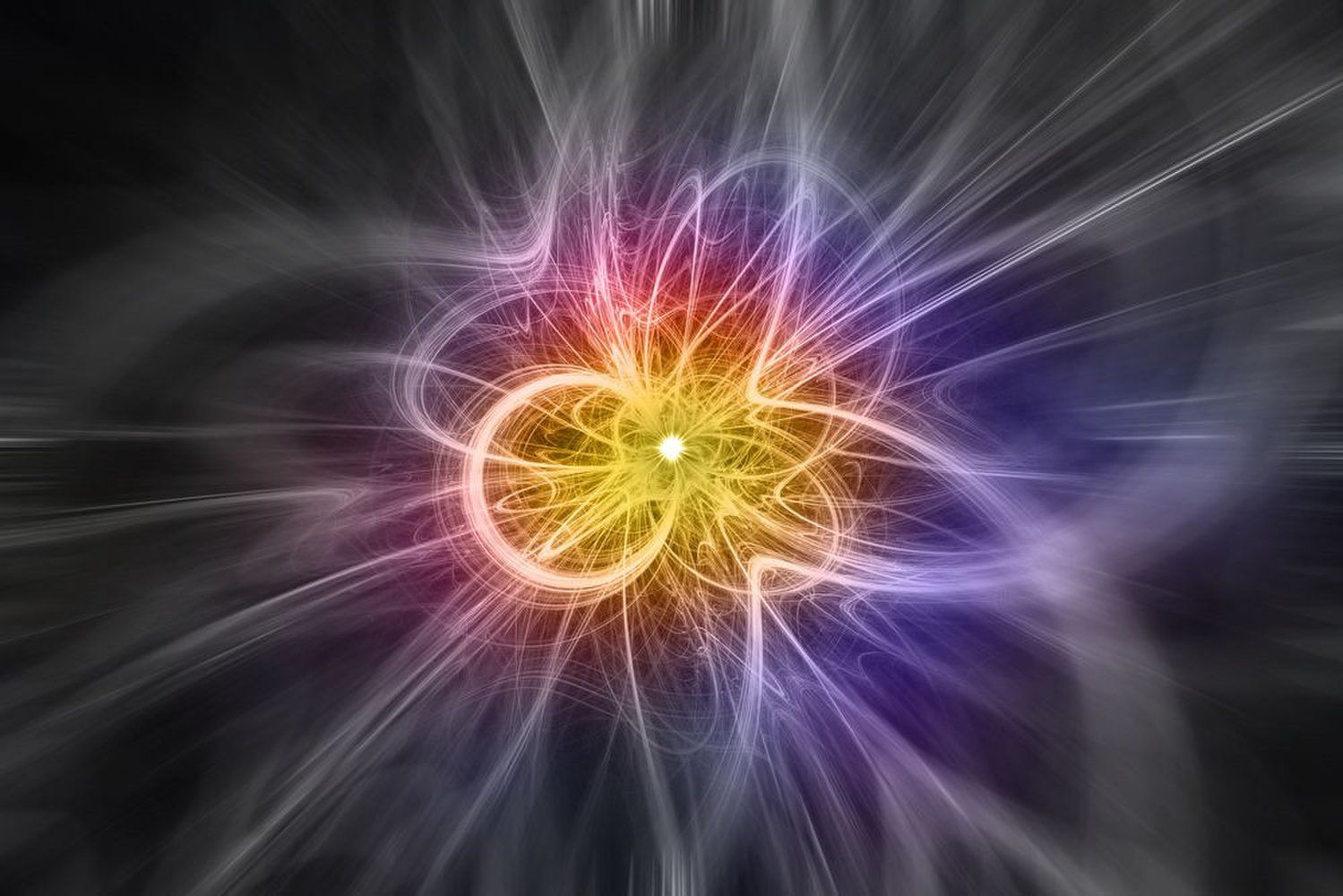
Scientists have made the most precise measurement of antimatter yet, and the results only deepen the mystery of why life, the universe, and everything in it exists.
The new measurements show that, to an incredibly high degree of precision, antimatter and matter behave identically.
Yet those new measurements can’t answer one of the biggest questions in physics: Why, if equal parts matter and antimatter were formed during the Big Bang, is our universe today made up of matter?
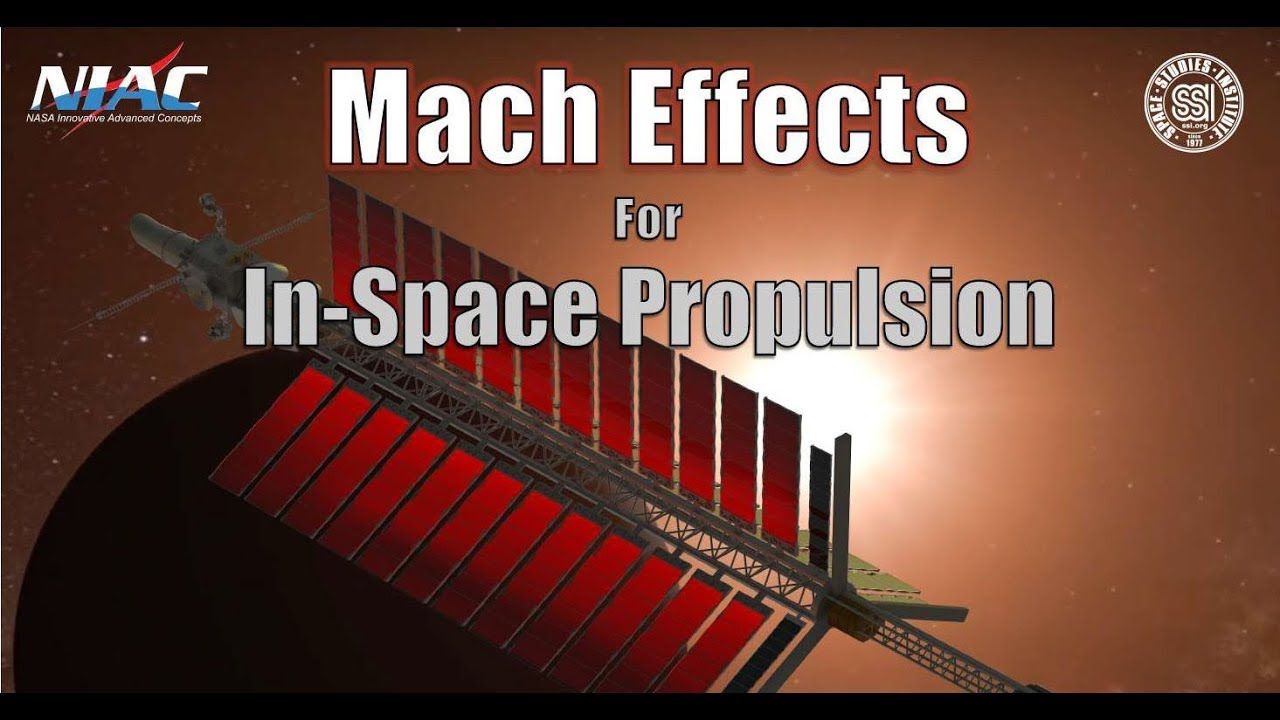
Mach Effect Gravity Assist (MEGA) drive propulsion is based on peer-reviewed, technically credible physics. Mach effects are transient variations in the rest masses of objects that simultaneously experience accelerations and internal energy changes. They are predicted by standard physics where Mach’s principle applies as discussed in peer-reviewed papers spanning 20 years and a recent book, Making Starships and Stargates: the Science of Interstellar Transport and Absurdly Benign Wormholes published in 2013 by Springer-Verlag.
Above – Graphic depiction of Mach Effect for in-space propulsion: Interstellar mission Credits: J. Woodward.
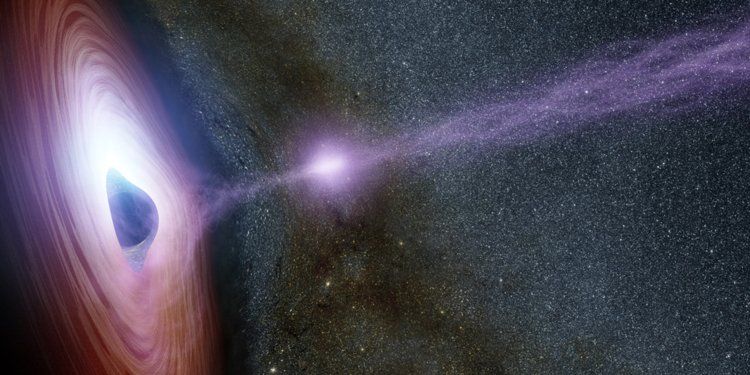
Our known universe may end the same way it was created: With a big, sudden bang.
That’s according to new research from a group of Harvard physicists, who found that the destabilization of the Higgs Boson — a tiny quantum particle that gives other particles mass — could lead to a huge explosion of energy that would consume everything in the known universe.
The energy released by the event would destabilize the laws of physics and chemistry.